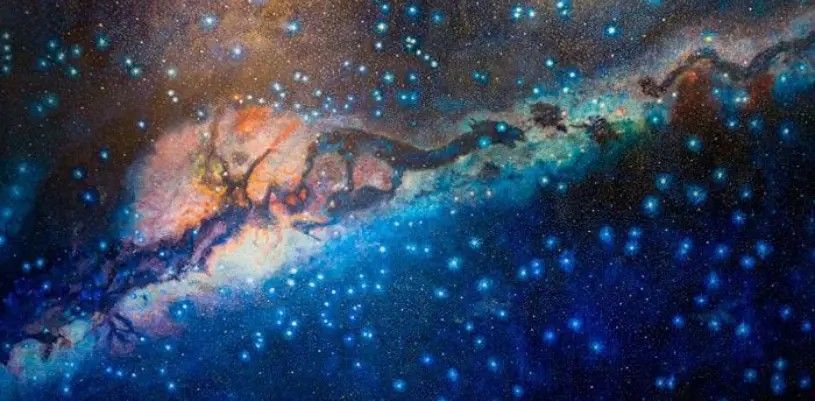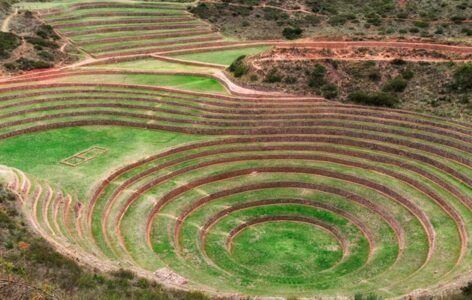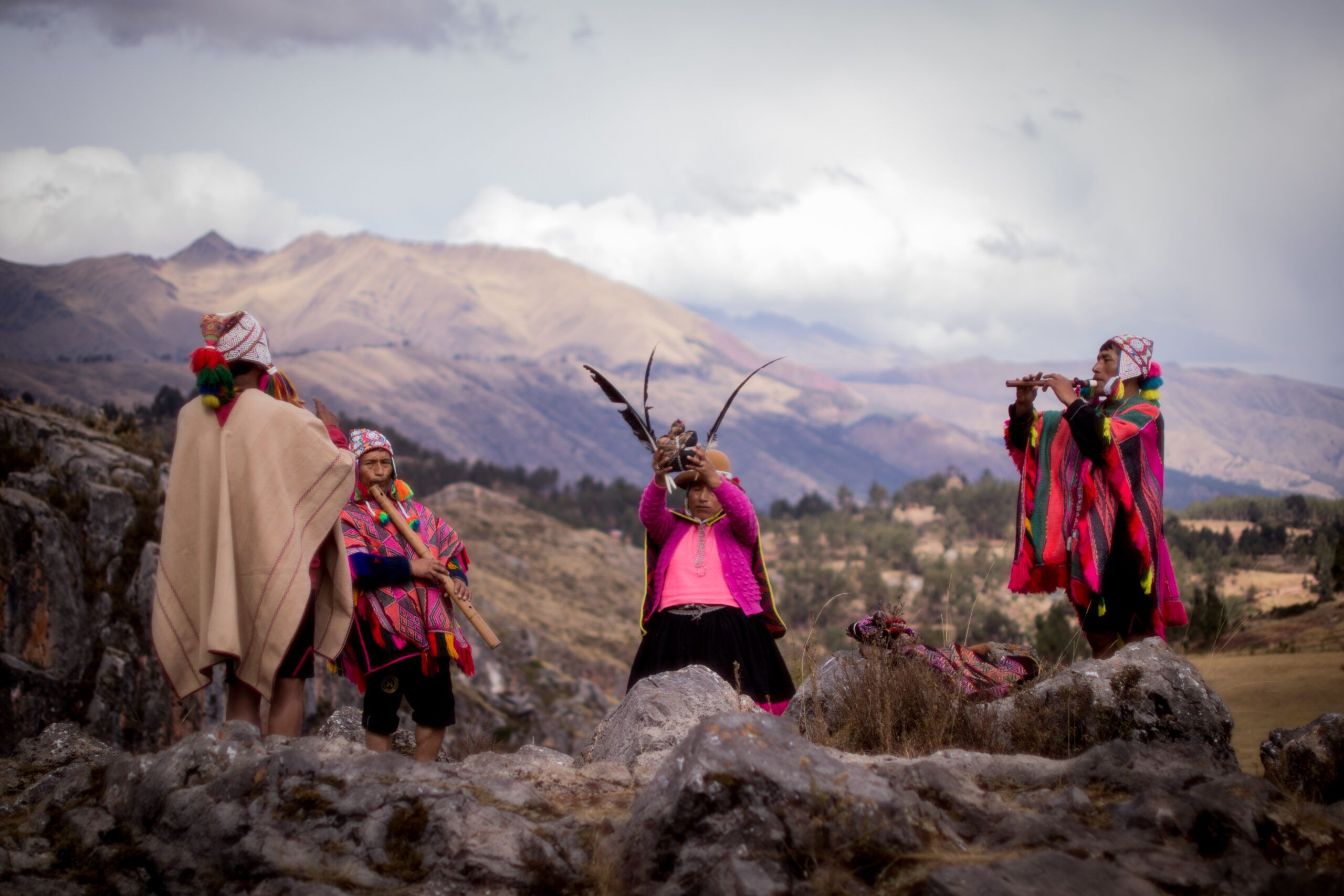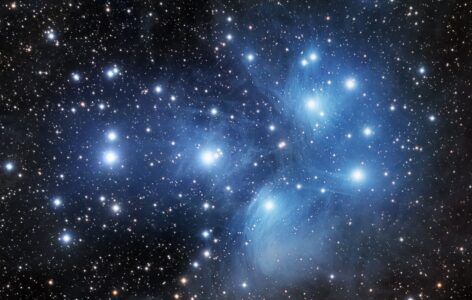In Andean cosmology, the Milky Way was not just a celestial phenomenon but a divine river known as Mayu (Quechua for “river”).
Unlike Western astronomy, which sees the Milky Way as a galaxy, the Incas and their ancestors perceived it as a cosmic waterway that connected the heavens, earth, and underworld.

Mayu: The Celestial River of Life
Cosmic Hydrology
The Incas saw the Milky Way as a reflection of earthly rivers, believing that just as water nourished the land, the celestial river nourished the cosmos. Key beliefs included:
- Mirror of the Vilcanota River: The sacred Vilcanota River (now Urubamba) was considered the earthly counterpart of Mayu.
- Seasonal Movement: The Milky Way’s shifting orientation marked seasonal changes, guiding agricultural cycles.
Mythological Significance
- Wiracocha’s Creation: Some myths say the creator god Wiracocha formed the Milky Way as a pathway for divine energy.
- Source of Rain: The dark constellations within Mayu were thought to influence rainfall and fertility.
The Dark Constellations: Celestial Beings Within Mayu
Unlike Western constellations, which map stars as connected dots, Andean cosmology focused on the dark patches of the Milky Way, interpreting them as celestial animals and spirits:
Quechua Name
Yacana
Atoq
Mach’aqway
Hamp’atu
Role
A cosmic llama that walked across The sky, bringing water to Earth.
A trickster figure linked to survival and cunning.
Symbolized underground forces and wisdom.
Associated with rain and fertility.
These constellations were used to predict weather, planting seasons, and rituals.
Mayu and Inca Astronomy: A Guide to Agriculture and Rituals
Astronomical Calendar
The Incas aligned their farming cycles with Mayu’s movements:
- June Solstice (Inti Raymi): When Mayu ran vertically, signaling the dry season.
- December Solstice (Capac Raymi): When Mayu aligned horizontally, marking the rainy season.
Sacred Ceque Lines & Mayu
The ceque system (sacred sightlines radiating from Cusco) mirrored the Milky Way’s structure, linking:
- Huacas (shrines) to celestial events.
- Temples (like Coricancha) to astronomical observations.
Modern Andean Perspectives on Mayu
Surviving Traditions
- Q’eswachaka Festival: Includes rituals honoring celestial rivers.
- Despacho Offerings: Some Andean shamans (paqos) still make offerings to Mayu for balance.
UNESCO Recognition
In 2020, Bolivia’s Kallawaya astronomers received heritage status for preserving Milky Way-based cosmology.

For the Incas, Mayu was more than stars—it was a living river connecting all realms of existence. Its study reveals how deeply astronomy, spirituality, and daily life intertwined in the Andes.
References
- Urton, G. (1981). At the Crossroads of the Earth and the Sky.
- Sullivan, W. (1996). The Secret of the Incas.
- Dearborn, D. & Bauer, B. (1998). The Stars of the Inca Empire.



